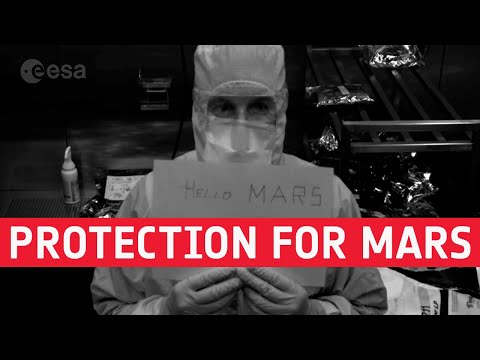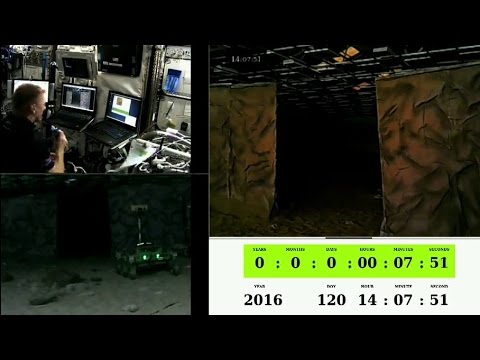Dropship offers safe landings for Mars rovers
The dramatic conclusion to ESA’s latest StarTiger project: a ‘dropship’ quadcopter steers itself to lower a rover gently onto a safe patch of the rocky martian surface. StarTiger’s Dropter project was tasked with developing and demonstrating a European precision-landing capability for Mars and other targets.
Starting from scratch for the eight-month project, the Dropter team was challenged to produce vision-based navigation and hazard detection and avoidance for the dropship. It has to identify a safe landing site and height before winching down its passenger rover on a set of cables. Flight testing took place at Airbus Defence and Space’s Trauen test site in northern Germany.
Read more: http://www.esa.int/Our_Activities/Technology/Dropship_offers_safe_landings_for_Mars_rovers
Credit:
Deutsches Forschungszentrum für Künstliche Intelligenz, DFKI
Spin.Works
Poznañ University of Technology/Institute of Control and Information Engineering, IAII
Airbus Defence & Space





Hehe it's a little curiosity!
Surely they are taking into account the much lower atmospheric pressure on Mars, yes? Doesn't that mean that a copter will have to work much hard to stay in the air?
And how is what I just saw, a valid test? That copter is going to have to initiate its blades while in free fall. So, when are they going to send one up into the upper atmosphere and test that?
Not to mention the winds of dust on Mars. This just doesn't look viable for a Martian landing.
The epic music and jump cuts made this look downright silly. Is there a version where I can actually hear the engineers talking about their work?
It's doesn't matter if a quad copter would work on mars or other targets. What this is about is to develop the basic technology to make the whole process fully autonomous.
Once that's all in place you could then swap the carrier from copter to rocket propelled carrier if so required.
The hard bit is to develop a self reliant system that can avoid obstacles, identify a suitable target area and safely land the payload / rover without human intervention.
Switching to a different method of transport is less of a problem then. (Depending on the environment you're operating in)
The 'dropship' quadcopter and mockup rover used for testing ESA's latest StarTiger project, Dropter. The dropship steers itself to lower a rover gently onto a safe patch of the rocky martian surface.
http://www.esa.int/Our_Activities/Technology/Dropship_offers_safe_landings_for_Mars_rovers
#dropship #Marsrover #Dropter #technology #StarTiger
Ummm didn't NASA already do this with rocket engines for curiosity?
Is the aerodynamics of the martian atmosphere similar to the aerodynamics of Earth's atmosphere?
I suspect they are proving an autonomous machine-vision concept for site-selection (note the meticulously accurate fake boulder field), and that the rotary wing craft is a convenient stand-in for a rocket-powered platform. With Mars' atmospheric pressure on the order of .001 that of Earth's, it stands to reason (that is, let's leave the physics textbook on the shelf for the moment and guess ;-), you'd need a 4000 rotor device (a KiloQuad?) to do the same job that we see in the video. As it is, Mars EDL parachutes are barely worth their weight in propellant (slight exaggeration, but not too).
Titan, on the other hand, might be a dandy place for the quad! Provided you could make a rotary bearing that would function at minus ridiculously cold, at least the lower gravity would offset the heavy chunk of Pu (I choose not to spell out that word on YouTube 😉 that you'd have to fly around with for power; and come to think of it, the RTG should provide copious power to warm-up your bearings, so I vote for Titan!
impresionante y fascinante investigación robótica.
If your looking for more pilots.. 😉
the person doing this was overly dramatic. haha 😀 i love the music selection 😀